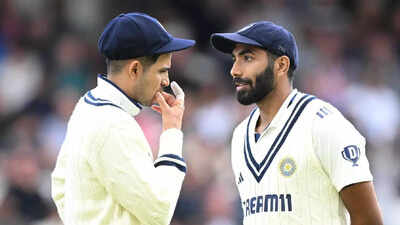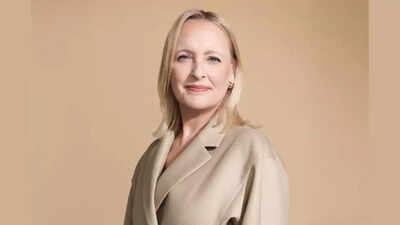7 Indian-origin scientists in the US: Where they studied and how it shaped their careers

Indian-origin scientists have become some of the most influential figures in American science, technology, and policy. Many began their journeys in Indian classrooms and went on to pursue higher education and research in top U.S. universities. Their stories show how education can shape not just careers, but also the direction of global scientific progress.
Venkatraman “Venki” Ramakrishnan
Venki Ramakrishnan won the Nobel Prize in Chemistry in 2009 for uncovering the structure of ribosomes, a critical component of the cell. His academic path began in India with a bachelor’s degree in physics from Maharaja Sayajirao University of Baroda. Driven by a deep interest in the structure of matter, he moved to the United States and earned a PhD in physics from Ohio University. He later shifted to molecular biology during his postdoctoral work at Yale University. This cross-disciplinary transition, made possible by the academic flexibility he found in the US, laid the groundwork for his groundbreaking Nobel-winning research.
Arati Prabhakar
Born in India and raised in Texas, Arati Prabhakar became the first woman to lead both DARPA and the White House Office of Science and Technology Policy. She began her higher education with a bachelor’s degree in electrical engineering from Texas Tech University. She then went on to earn a master’s and PhD in applied physics from the California Institute of Technology (Caltech). Prabhakar’s educational background in engineering and physics, combined with her leadership in government science agencies, reflects the intersection of technical expertise and public service.
Manjul Bhargava
Manjul Bhargava, one of the youngest recipients of the Fields Medal, considered the Nobel Prize of Mathematics, is known for his creative work in number theory. Raised in the U.S. by Indian parents, Bhargava completed his undergraduate degree at Harvard University and went on to earn his PhD from Princeton University, where he now teaches. Deeply influenced by Indian mathematical traditions and Sanskrit poetry in his early years, Bhargava credits both his heritage and his elite academic training for shaping his unique approach to mathematics.
Ashok Gadgil
Ashok Gadgil is an environmental engineer known for developing low-cost technologies like water purifiers and fuel-efficient cooking stoves for use in developing countries. He began his academic journey in India, earning a degree in physics from the Indian Institute of Technology (IIT) Kanpur. He then moved to the United States to study at the University of California, Berkeley, where he earned both his master’s and PhD in physics. At Berkeley, his research shifted toward applying science to solve real-world humanitarian challenges — a direction that has defined his career ever since.
Krishna V. Shenoy
Krishna Shenoy was a pioneer in neuroscience, best known for his work in developing brain-computer interfaces that helped paralysed individuals communicate and move again. He began his academic career with a bachelor’s degree in electrical engineering from UC Irvine and continued with graduate studies at MIT, where he earned both a master’s and PhD. At Stanford University, he led groundbreaking research that merged engineering and neuroscience, contributing to some of the most advanced neural prosthetic systems ever developed.
Renu Malhotra
Renu Malhotra is a planetary scientist whose research played a major role in the reclassification of Pluto as a dwarf planet. She started her education in India, earning a bachelor’s degree in physics from IIT Kanpur. She later pursued a PhD in physics from Cornell University in the US, where she entered the field of planetary dynamics. Her work reshaped how astronomers understand planetary motion, and she remains a leading voice in space science and astronomy.
Sanjay Mehrotra
Sanjay Mehrotra, the CEO of Micron Technology and co-founder of SanDisk, has been a major figure in semiconductor innovation, particularly in flash memory. After immigrating to the US as a teenager, he earned both his bachelor’s and master’s degrees in electrical engineering from the University of California, Berkeley. The engineering environment at Berkeley gave him the skills and networks that helped launch one of the world’s most successful memory storage companies. Today, he continues to lead advances in memory and computing technology on a global scale.





